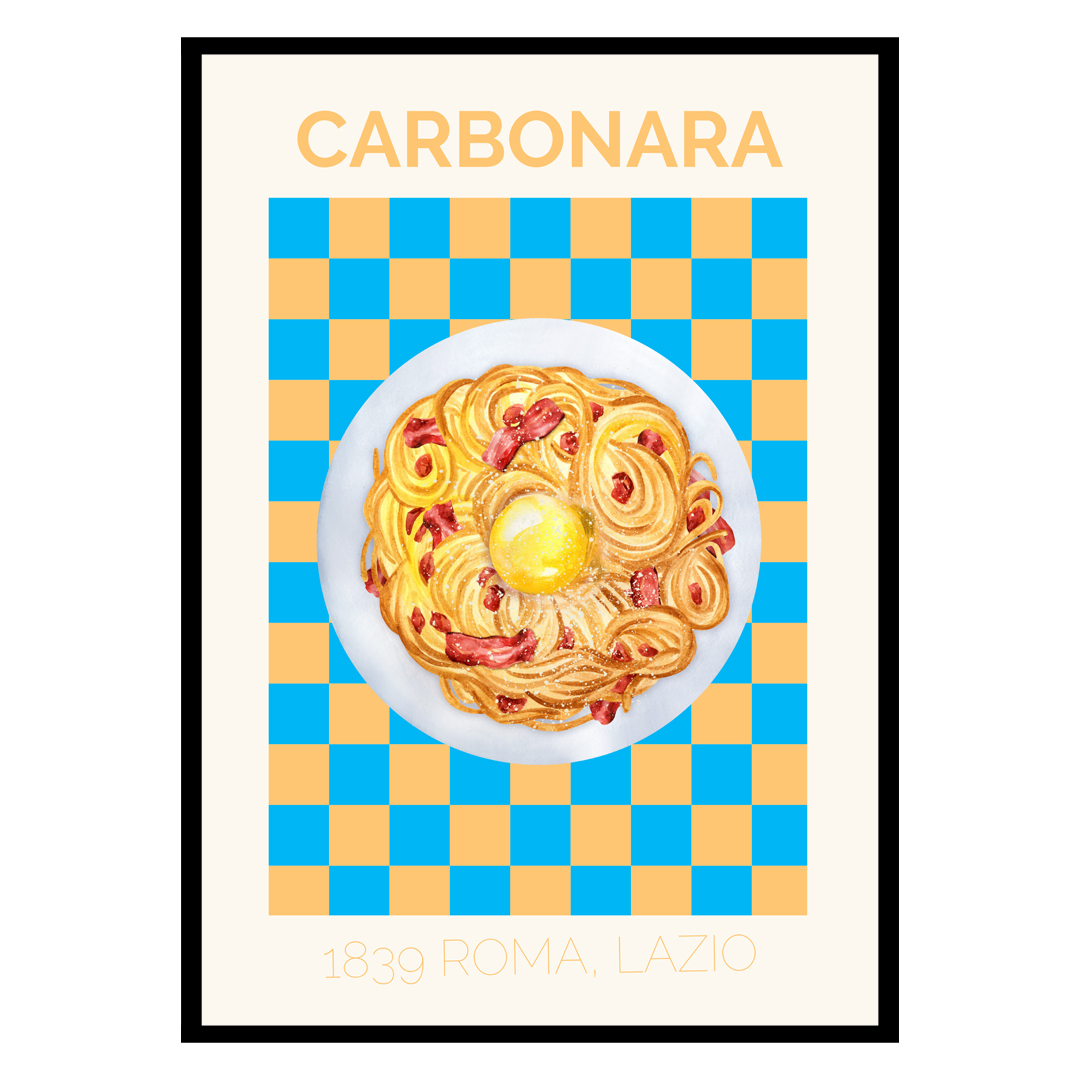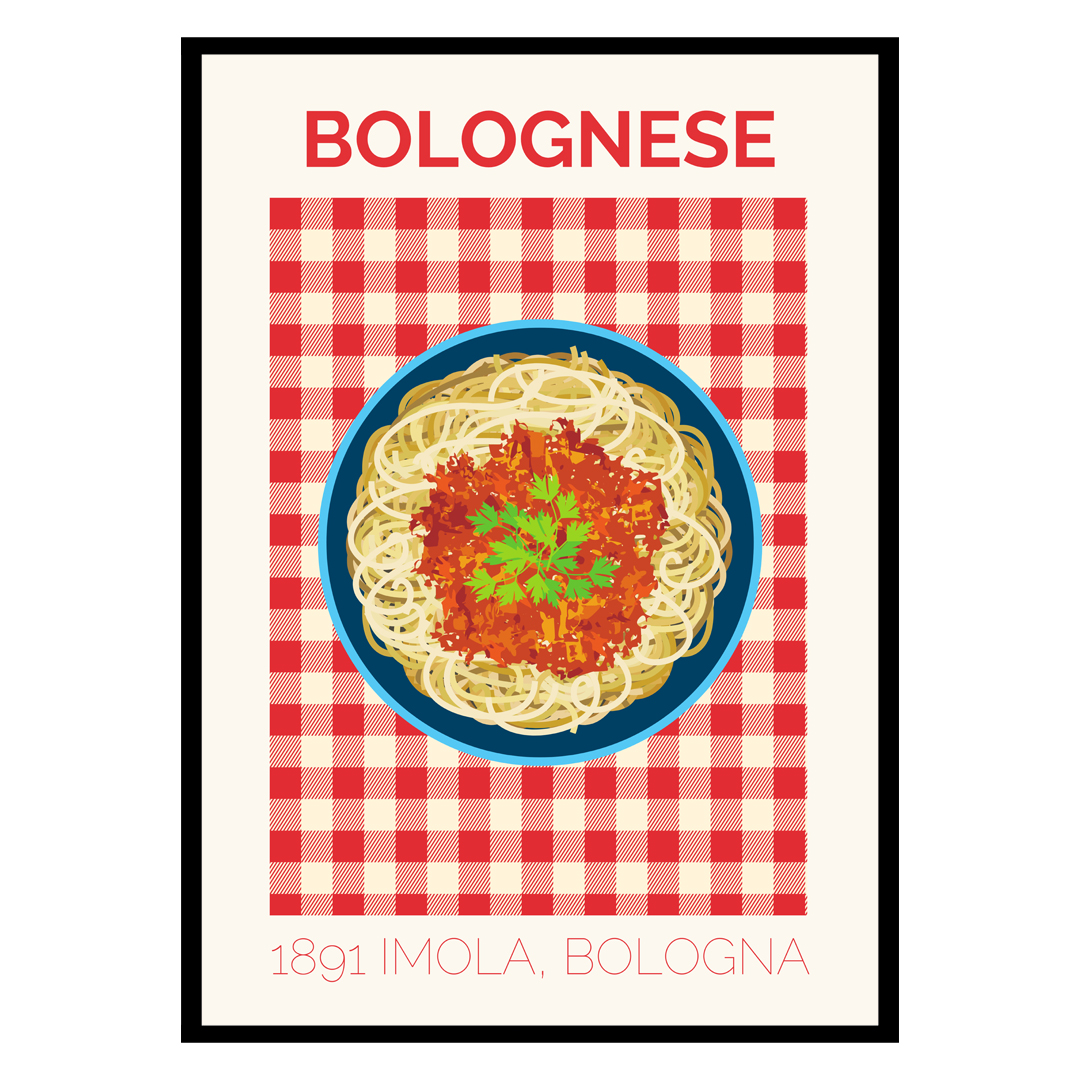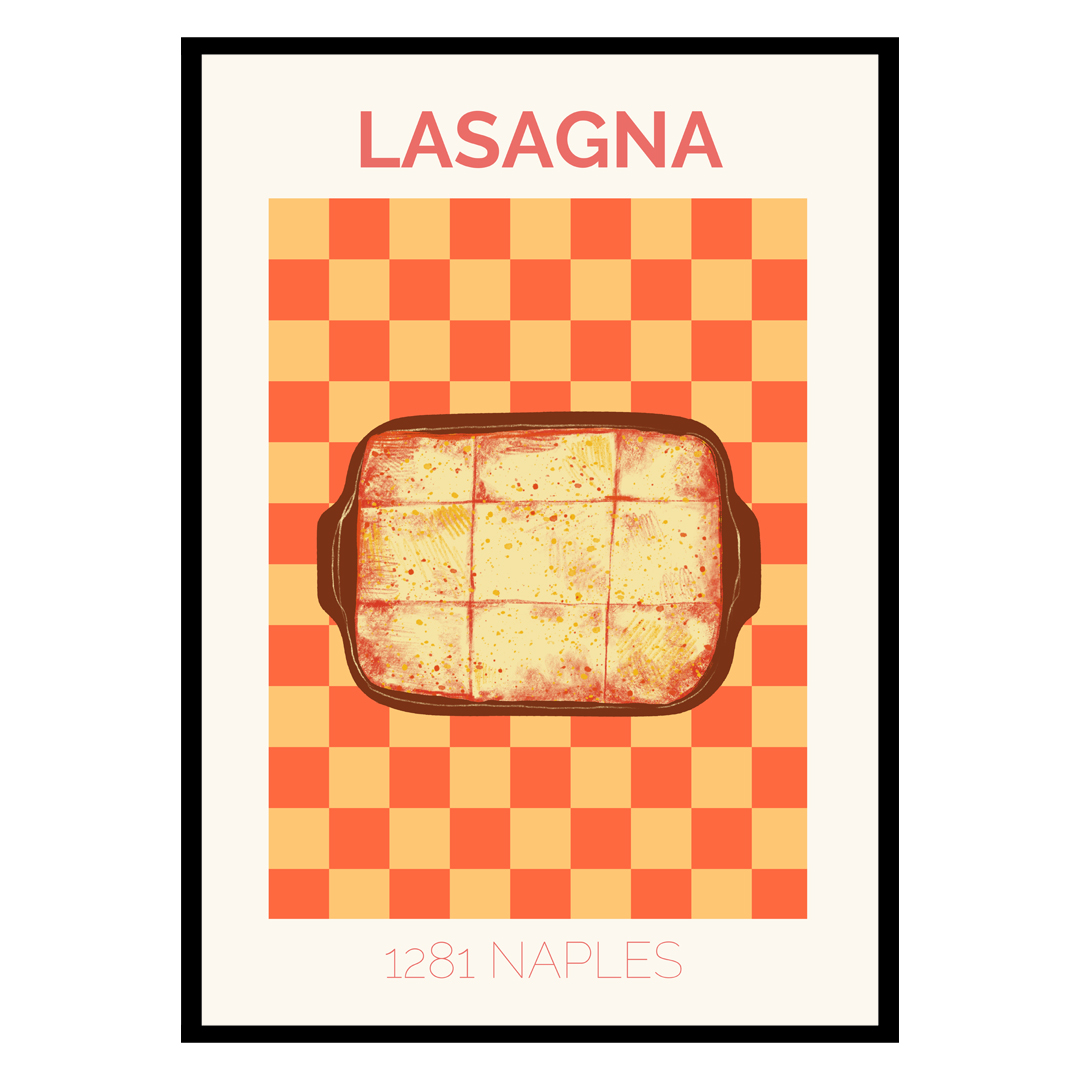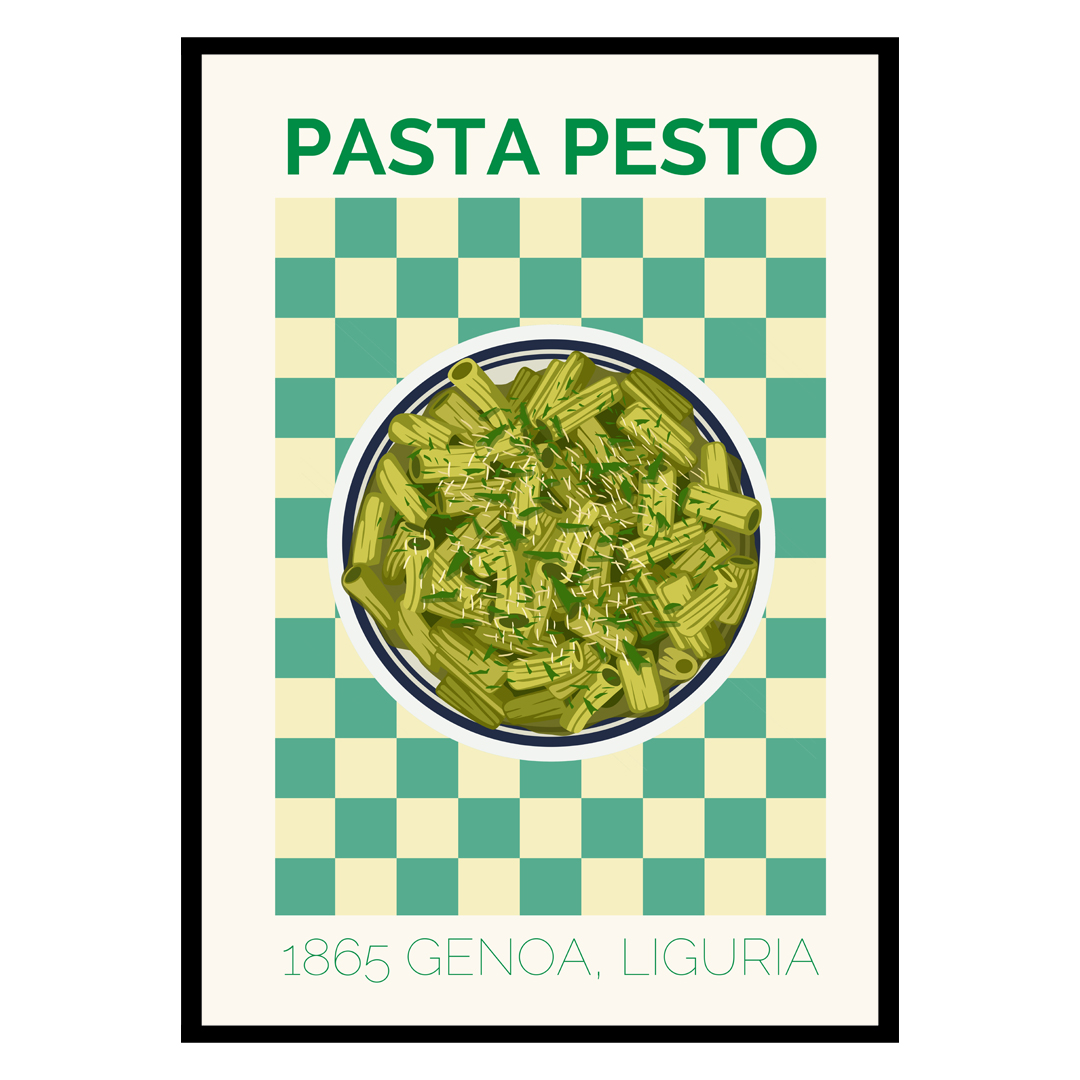Carbonara Recipe:
Ingredients:
- 200g spaghetti
- 100g guanciale (or pancetta), diced
- 2 large eggs
- 50g Pecorino Romano cheese, grated
- 50g Parmigiano-Reggiano cheese, grated
- Freshly ground black pepper
- Salt
Instructions:
- Start by bringing a large pot of salted water to a boil. Add the spaghetti and cook until al dente according to the package instructions.
- In the meantime, in a separate pan, cook the diced guanciale (or pancetta) over medium heat until it turns crispy and golden brown. Remove from the heat and set it aside.
- In a mixing bowl, whisk together the eggs, grated Pecorino Romano, and Parmigiano-Reggiano cheeses until you have a creamy mixture.
- Once the spaghetti is cooked, reserve about 1/2 cup of the pasta cooking water, and then drain the spaghetti.
- While the spaghetti is still hot, add it to the pan with the cooked guanciale (or pancetta) and toss to combine. The heat from the pasta will melt the fat from the guanciale and create a flavorful base for the sauce.
- Immediately pour the egg and cheese mixture over the hot pasta, tossing vigorously to create a creamy, luscious sauce. If the sauce seems too thick, add a bit of the reserved pasta cooking water to reach your desired consistency.
- Season generously with freshly ground black pepper to taste, and adjust salt if necessary (the cheese and guanciale are already quite salty, so be cautious with additional salt).
- Serve immediately, garnished with more grated cheese and a final sprinkle of black pepper. Enjoy your homemade Carbonara!
Carbonara: A Taste of Italy
There are few dishes as comforting and as iconic as a well-made Carbonara. This classic Italian pasta dish is a celebration of simple yet exquisite ingredients that come together to create a flavorful masterpiece. In this blog post, we’ll dive into the origins of Carbonara, its essential components, and some tips for perfecting this beloved recipe.
The Origins of Carbonara
Carbonara’s exact origin is a topic of debate among food historians. Some believe it was born in the Lazio region of Italy, while others suggest it has more recent roots dating back to World War II. The name “carbonara” likely comes from the Italian word “carbonaro,” meaning charcoal burner, which could refer to the coarse black pepper that adorns the dish.
The Essence of Carbonara
What makes Carbonara so special is its simplicity. It relies on just a handful of key ingredients: pasta, eggs, cheese, guanciale (or pancetta), and black pepper. The magic happens when these ingredients are combined in the right way.
Mastering the Recipe
Perfecting Carbonara requires a few key techniques:
- Cook the pasta al dente: It’s crucial to cook the pasta just right. It should still have a slight bite to it, as it will continue to cook when combined with the sauce.
- Crisp the guanciale (or pancetta): The smoky, salty flavor of guanciale or pancetta is central to Carbonara’s character. Cook it until it’s crispy, but not overly so.
- Create a creamy sauce: Mixing eggs and cheese while the pasta is hot will create a luscious, creamy sauce. Be sure to work quickly to prevent the eggs from scrambling.
- Use the right cheeses: A combination of Pecorino Romano and Parmigiano-Reggiano cheese adds the perfect balance of saltiness and creaminess to the dish.
Serving Carbonara
Carbonara is best enjoyed immediately, while it’s still piping hot. Garnish with extra grated cheese and a generous sprinkle of freshly ground black pepper for an extra burst of flavor.
In conclusion, Carbonara is a culinary masterpiece that captures the essence of Italian cuisine. Its simplicity and the depth of flavors it offers make it a beloved dish around the world. So, roll up your sleeves, gather your ingredients, and let the magic of Carbonara whisk you away to the heart of Italy with every delightful bite. Buon appetito!
-
 Pasta Carbonara Italy Poster€15 – €49
Pasta Carbonara Italy Poster€15 – €49










